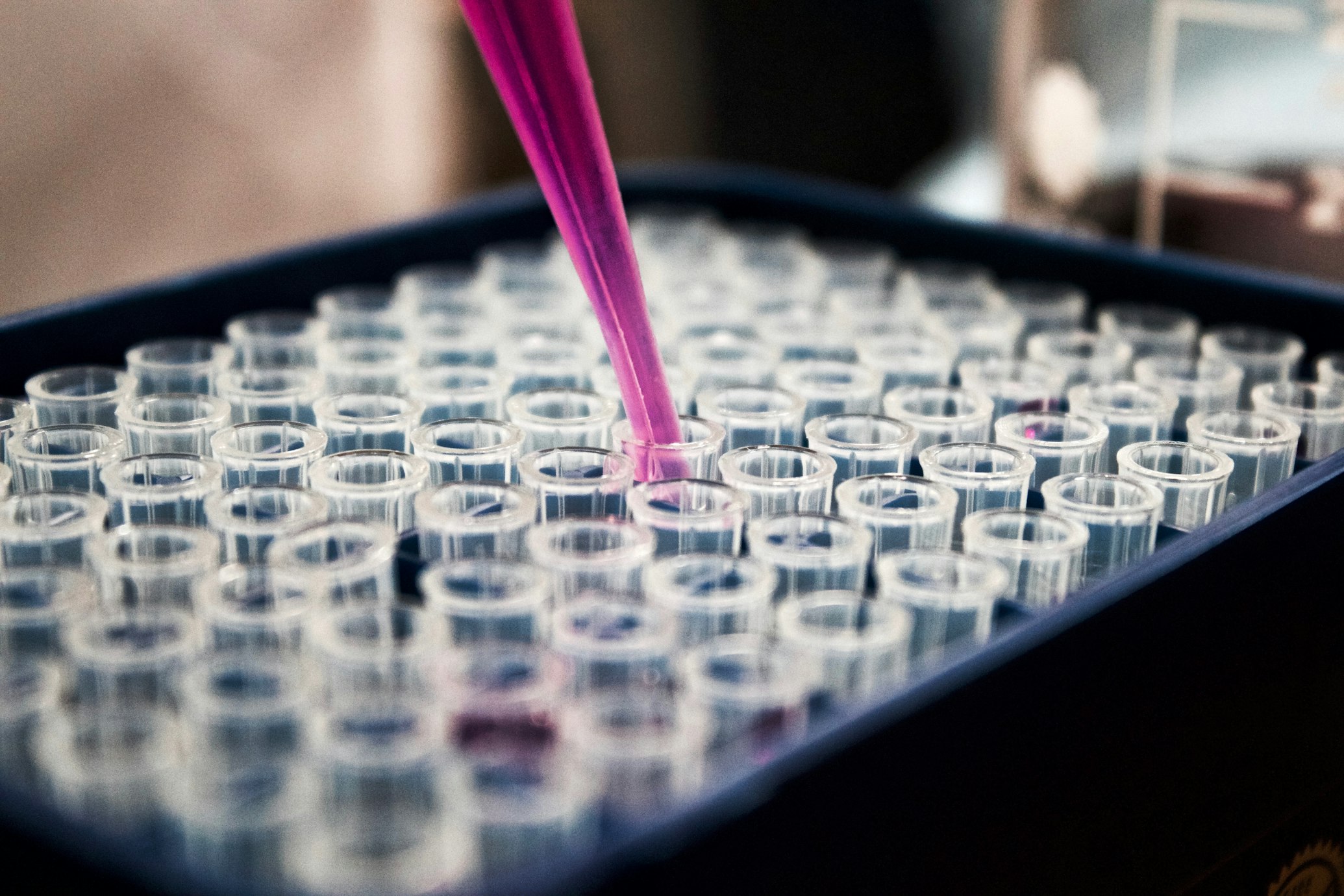The Flavonoid Revolution
Imagine your dinner plate as an anticancer arsenal. The parsley garnish, chamomile tea, and even that celery stick contain apigenin—a potent flavonoid now celebrated for its cancer-fighting powers.
But nature has engineered an advanced version: biapigenin, where two apigenin molecules link like molecular warriors joining forces. Recent research reveals this dimer doesn't just inhibit cancer cells—it hijacks a master metabolic regulator called PPARγ, turning tumor defenses against themselves 1 5 .

Natural Sources of Flavonoids
Parsley, chamomile, celery and other plants contain apigenin, the precursor to biapigenin.
Decoding PPARγ: The Cell's Metabolic Command Center
Nuclear Powerhouse in Health and Disease
PPARγ (Peroxisome Proliferator-Activated Receptor Gamma) is a transcription factor that controls genes involved in:
- Fat storage and glucose metabolism
- Inflammation resolution
- Cell differentiation and death 7
Natural vs. Synthetic PPARγ Agonists
| Agonist Type | Example | Potency | Side Effects |
|---|---|---|---|
| Full synthetic agonist | Rosiglitazone | High | Weight gain, osteoporosis, cardiac risk |
| Natural monomer | Apigenin | Moderate | Low toxicity, poor bioavailability |
| Natural dimer | Biapigenin | High (predicted) | Minimal (expected) |
Biapigenin's Dual Strike: PPARγ Activation + Cancer Sabotage
The Dimer Advantage
Biapigenin's twin-apigenin structure enables unique actions:
- Enhanced binding affinity: Double interaction sites potentially stabilize PPARγ's activation helix (H12) more effectively than monomers 9 .
- Multipathway suppression: Simultaneously inhibits PI3K/Akt, NF-κB, and Wnt/β-catenin—pathways that drive cancer growth 1 5 .

In Cervical Cancer Cells
In cervical cancer cells (HeLa, C33A), biapigenin's precursor apigenin:
- Slashed viability by 80% at 100 μM
- Induced G2/M cell cycle arrest by upregulating p21 and blocking CDK1/cyclin B1
- Reversed EMT (metastasis driver) by boosting E-cadherin and crushing vimentin 8
Anticancer Mechanisms
| Cancer Type | Key Effects | Signaling Targets |
|---|---|---|
| Cervical | ↑ Apoptosis, ↓ Migration | ↓ FAK/PI3K/Akt, ↑ E-cadherin |
| Breast | Cell cycle arrest (G2/M) | ↓ Cyclin B1/CDK1, ↑ p21 |
| Prostate | ↓ Invasion, ↑ Chemosensitivity | ↓ NF-κB, XIAP, Bcl-2 |
| Lung | Angiogenesis inhibition | ↓ HIF-1α, VEGF |
Genetic Regulation
Modulates multiple cancer pathways simultaneously
Selective Toxicity
Targets cancer cells while sparing healthy ones
Weight Neutral
Avoids side effects of synthetic PPARγ agonists
Inside the Lab: Decrypting Biapigenin's PPARγ Activation
The Critical Experiment: From Cells to Mice
A landmark study probed biapigenin's PPARγ activation using a multi-platform approach:
Methodology
- Binding assays:
- Cellular validation:
- In vivo xenograft trial:
- Mice with cervical tumors (C33A cells) received biapigenin (10 mg/kg/day) or vehicle.
- Tumors analyzed after 4 weeks for size, biomarkers, and metastasis.
Xenograft Results: Biapigenin vs. Control
| Parameter | Control Group | Biapigenin Group | Change |
|---|---|---|---|
| Tumor volume | 580 ± 42 mm³ | 220 ± 38 mm³ | ↓ 62%* |
| Lung mets | 8.3 ± 1.2 | 2.1 ± 0.9 | ↓ 75%* |
| PPARγ activity | Baseline | 3.8-fold ↑ | |
| p-Akt (metastasis marker) | High | Undetectable |
The Scientist's Toolkit
Key Reagents for PPARγ-Cancer Research
| Reagent/Method | Function |
|---|---|
| GW9662 (PPARγ antagonist) | Blocks ligand binding; validates target engagement |
| PPRE-luc reporter assay | Measures PPARγ transcriptional activity |
| Cdk5 phosphorylation assay | Probes insulin resistance link |
| EMT marker panel | Tracks metastasis suppression |
| Xenograft mouse models | In vivo efficacy/safety testing |
Research Impact
Comparative analysis of research tools used in biapigenin studies
The Future: From Lab Bench to Clinical Reality
Biapigenin's dual role as a PPARγ modulator and multipathway anticancer agent makes it a unique candidate. Challenges remain:
- Improving solubility/bioavailability via nano-formulations (e.g., carbon nanopowder carriers) 1
- Synthesizing biapigenin analogs for enhanced specificity
- Exploring combinations—e.g., with immunotherapy to block PD-L1 1 5
"A spoonful of parsley might not cure cancer—but the molecules within it are guiding us to drugs that could."

Next Steps in Research
- Clinical trial design
- Formulation optimization
- Combination therapies